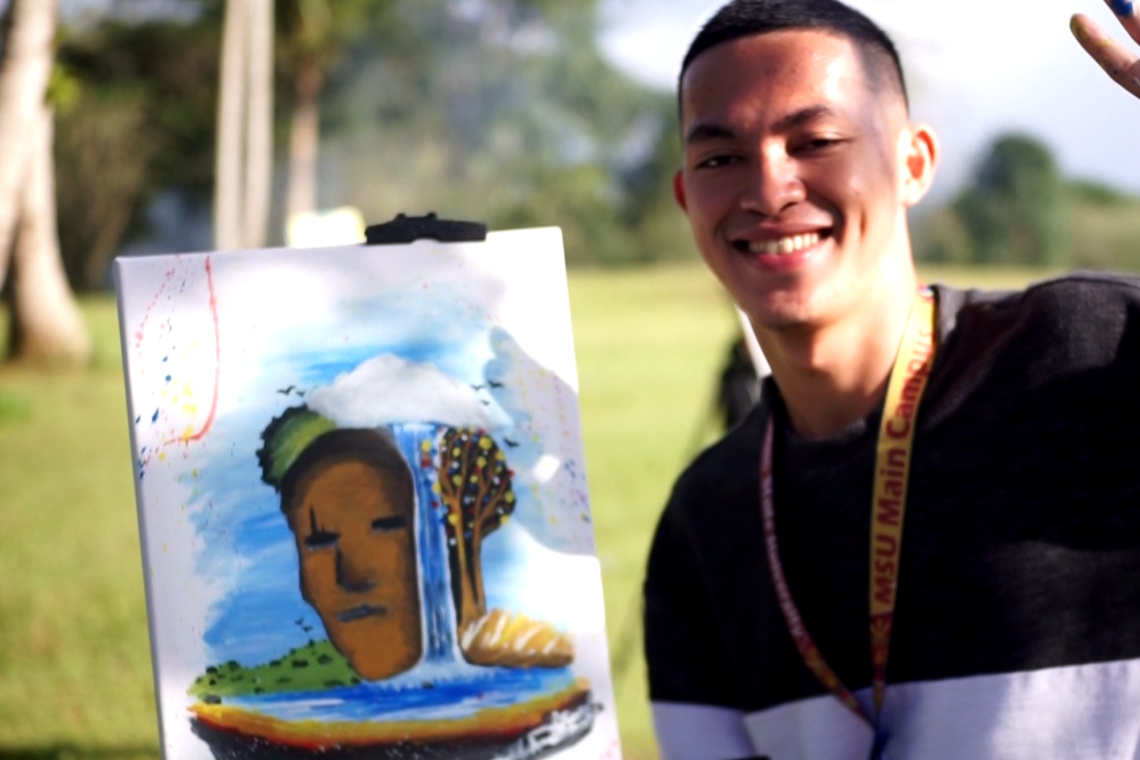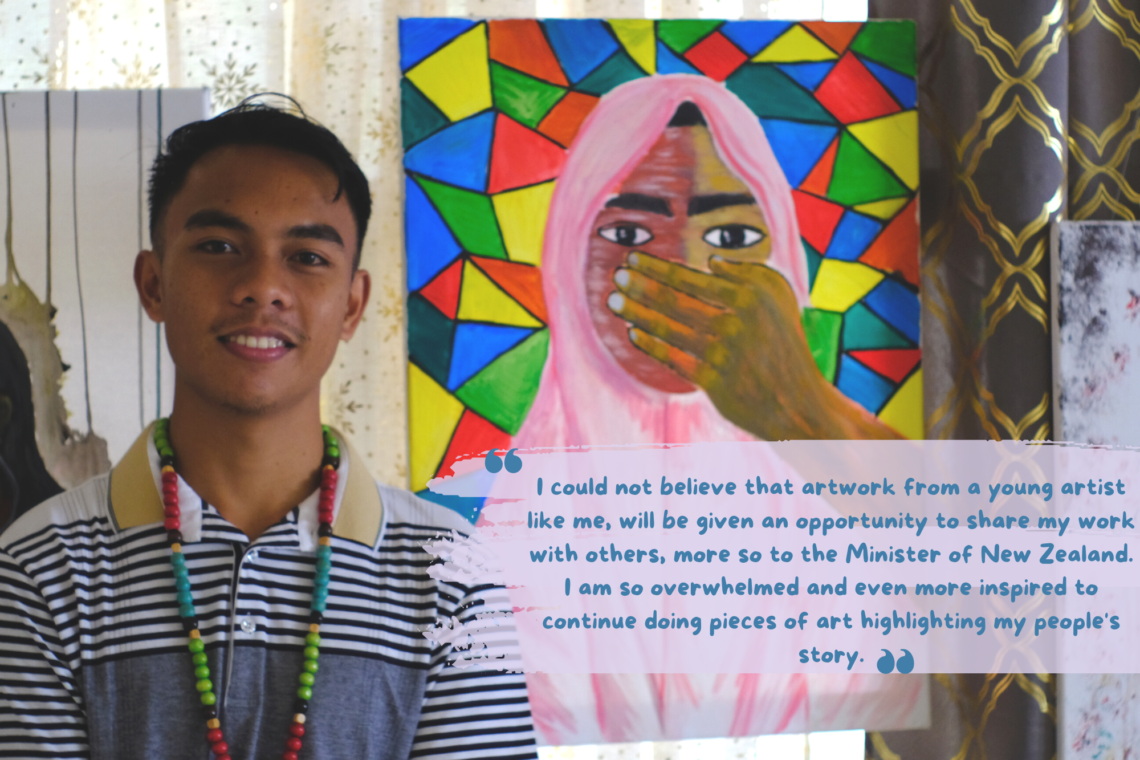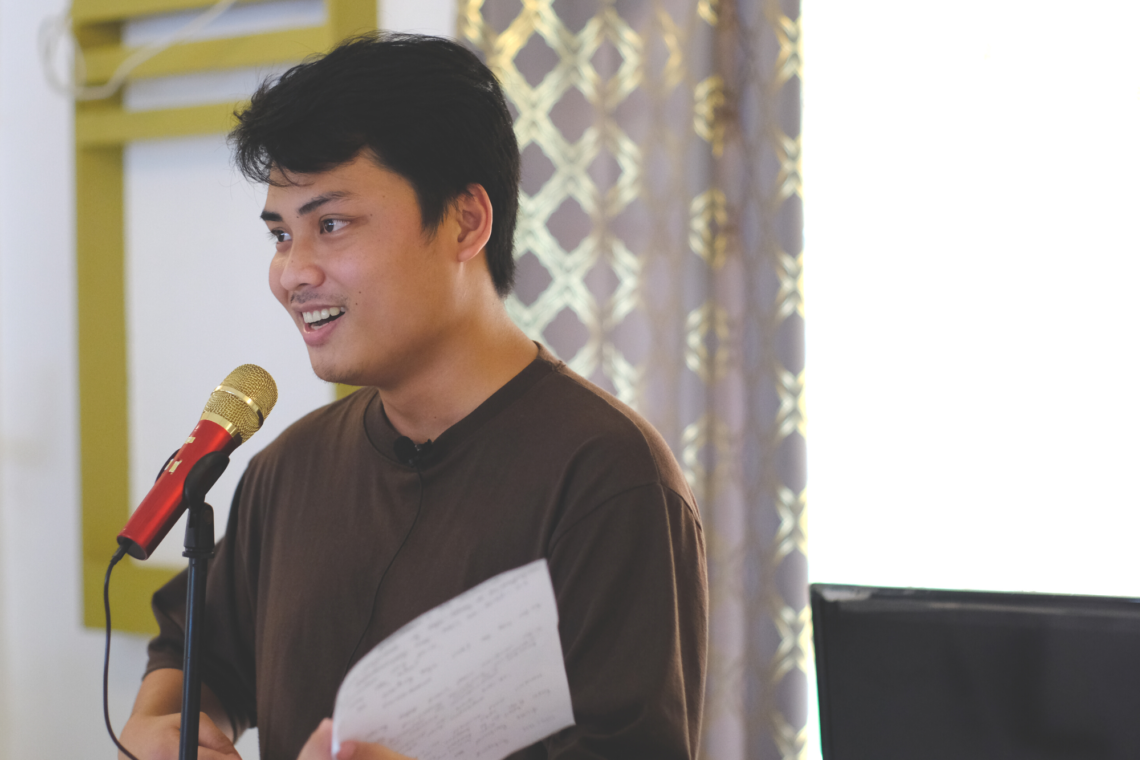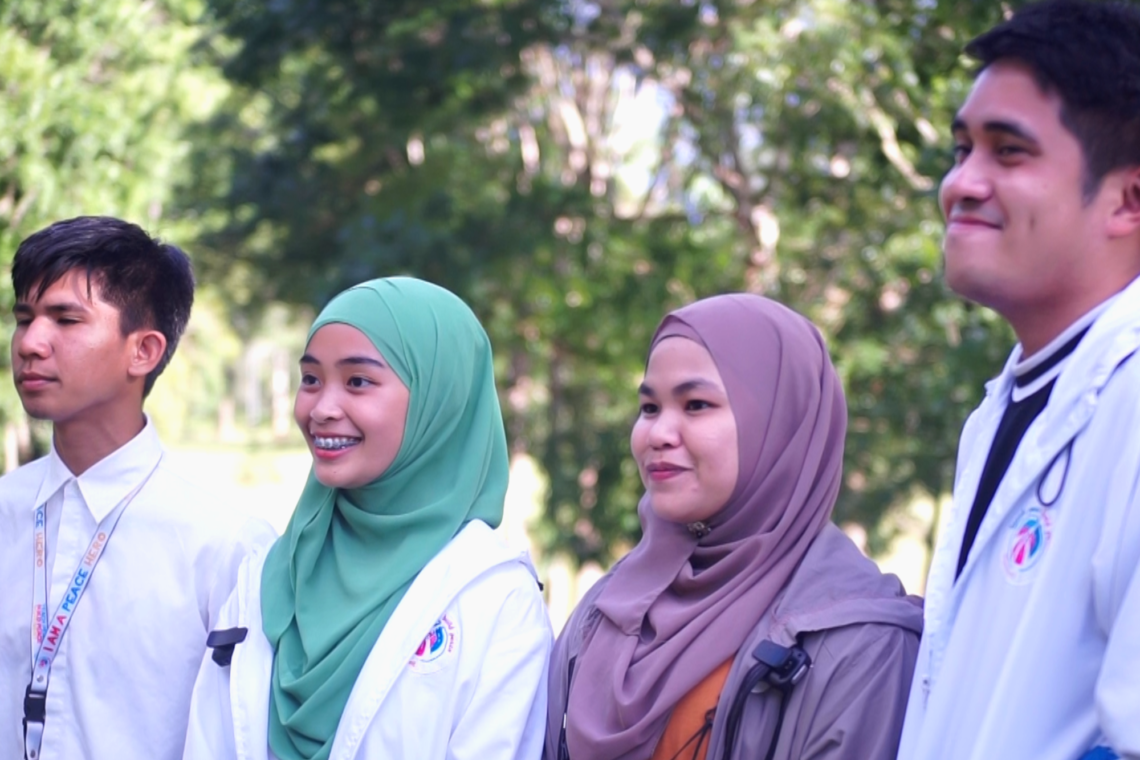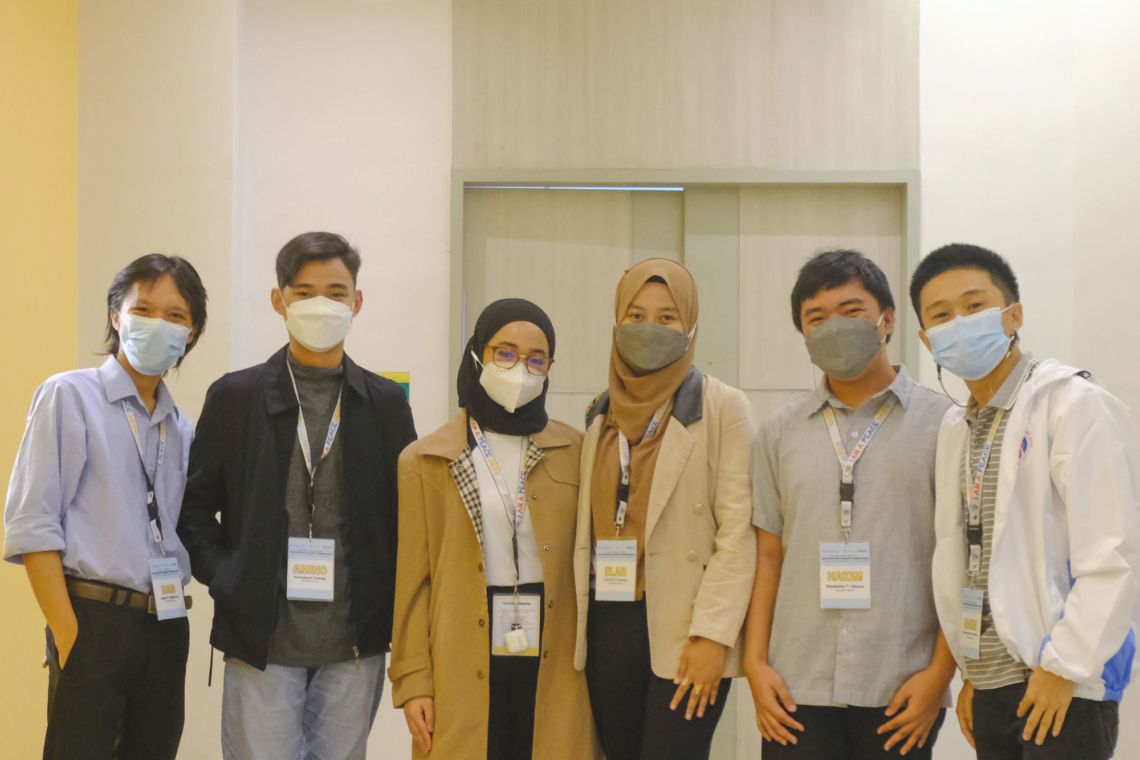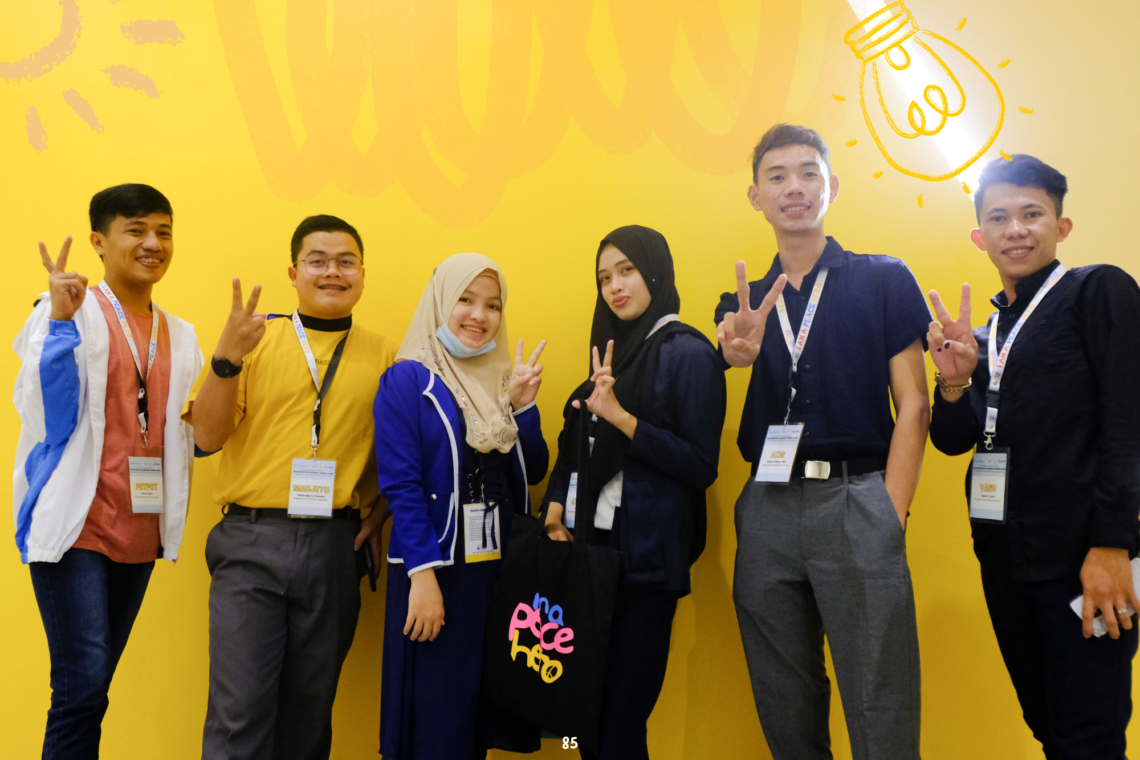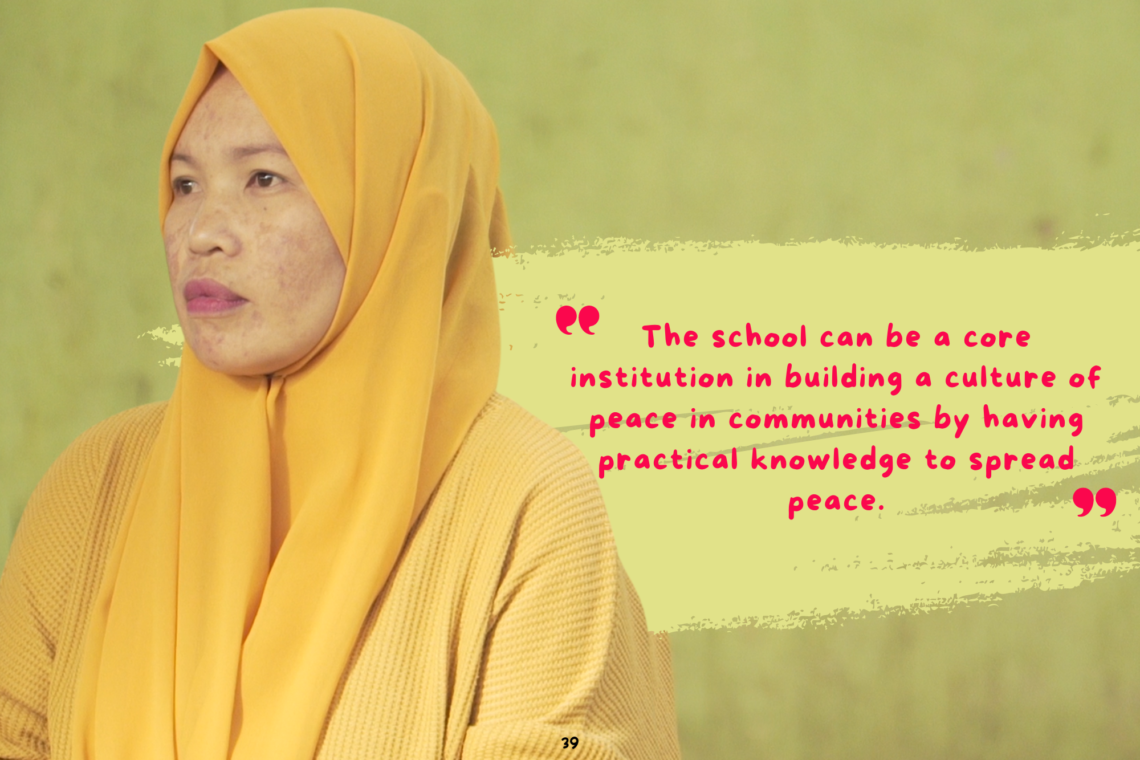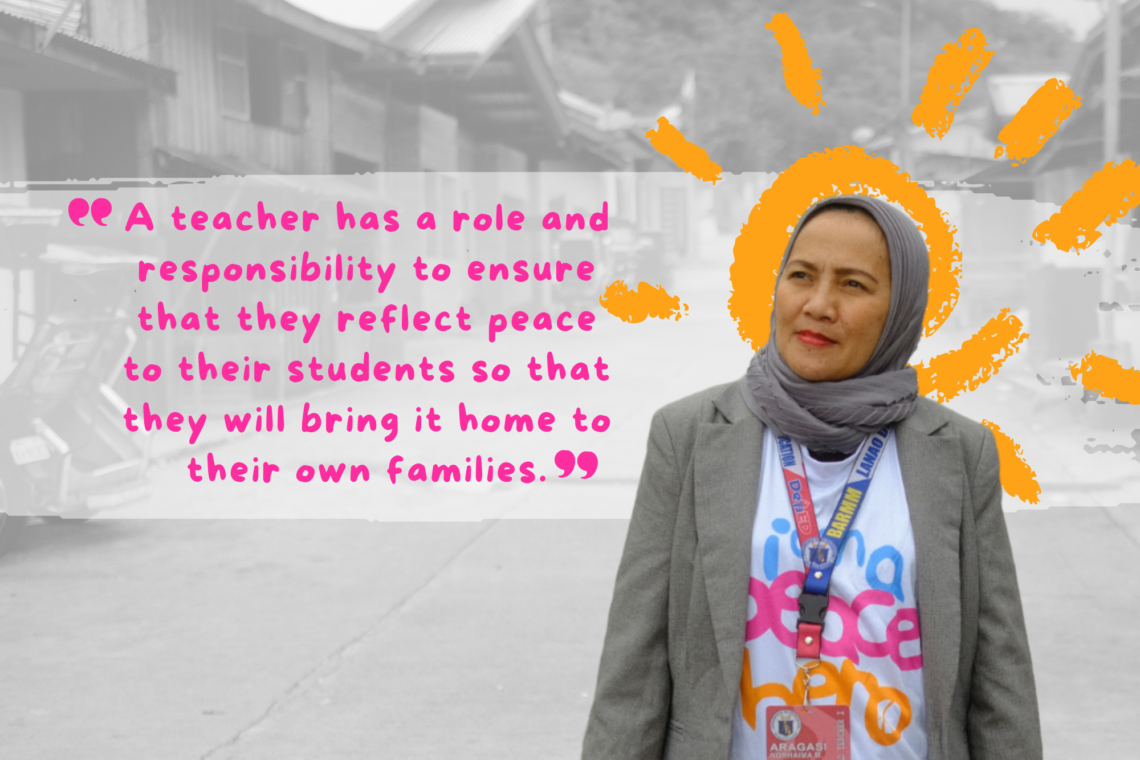Family is an important foundation in building a peaceful world, but Mohammad Jamael is yet to find forgiveness for himself before he can share it to his loved ones.
Burdens of An Older Sibling
Mohammad Jamael had a younger brother with special needs growing up. His sibling was diagnosed with epilepsy and his conditions made him prone to violent fits. While Jamael tried to be patient with his brother, the tantrums were increasingly alarming over time. There were moments he slaps other people, and at one time when they were kids, the younger brother attacked Jamael with scissors and a knife.
When he was in Grade 1, they were both locked in their house while their parents were away for work and Jamael was tasked to take care of his brother. However, given that they were just kids, the younger brother was able to slip past guidance and was able to run away from the house to a nearby bridge. His parents were furious when they got home and punished Jamael.
Then, when Jamael was in Grade 4, he had to stop going to school for a while because he had to watch over his younger brother since no one wanted to do it. Because his brother tended to harm others, Jamael fought back and retaliated by beating him with tsinelas (flip flops). These incidents made Jamael question the world as to why he was given these hardships. He envied other children as he looked through the window and saw them playing outside with their friends. Jamael was young, and yet, he was not given the freedom to enjoy being a child. Jamael blamed it all on his younger brother because he was the reason Jamael had to stay at home and be locked inside the house. Jamael contemplated running away and just leaving all of these burdens behind.
The Vulnerability in The Environment
However, one day, the younger brother became kinder to him. He invited Jamael to spend time with him. It has been one of the best memories they shared. They ate snacks, made drawings, laughed together, and went outdoors when it started to rain. After drying up inside the house, Jamael left for Marawi to do something with his other siblings. His younger brother looked at Jamael thoughtfully as he went.
On his way home, Jamael saw his father running towards him with tears rolling down his cheeks. He hugged him tightly. Jamael saw his sibling go ahead of him to their house. When he arrived at the door, that is when he saw a body covered by a white blanket. Jamael was confused, at first, but then he pulled the blanket down and saw the forehead of his younger brother. He passed during the day that Jamael went out. His father asked Jamael to forgive the younger brother for all the pain he caused while his mother blamed Jamael for leaving him. Meanwhile, Jamael was still gathering his emotions. He felt the pain and anger getting mixed up and it took his family to help him let go of the blanket.
The sudden passing of his brother made Jamael hate himself, lose interest in academics, and increased his anxiety for fear of leaving his siblings and finding them gone. He found himself crying out of nowhere. He stopped engaging in extra co-curricular activities at school. He internalized the constant blaming and emotional abuse that he got from his mother. These negative emotions that he cultivated within himself pushed him away from his family. Because of this gap that he experiences, Jamael can be vulnerable to negative narratives and can grow from self-hate to nurturing a hateful environment filled with anger and anxiety. Without love and support from his family, Jamael can continue to foster a bitter view of the world.
Rekindling Their Shared Love to Draw
Things began to turn when he found a notebook filled with art that he and his younger brother did. He stopped drawing when the younger brother passed because it only gave him sadness and anger. Yet, he slowly started to pick up creative materials and tried to restart his passion for art. This passion got him invited to join a workshop of the Teach Peace Build Peace Movement.
At first, Jamael was hesitant to join and socialize, but the facilitators were accommodating. They started with a self-introspection and it took him time to face the emotions and anxiety that he has been keeping to himself. They were being reminded that peace starts within ourselves and that they will not be able to share peace if they do not have a piece of it to share. This activity brought him back to the time when Jamael and his younger brother found peace when they were drawing together. Processing these emotions during the activity made Jamael realize that he should forgive himself and use the arts to express himself. It helped that he was with his fellow artists who did not judge him and made him feel safe.
Meeting Kuya AG and Kuya Glen also inspired Jamael to be a better artist not only for himself but also for others. He was unaware that his art can be a vehicle of peace and that it can make an impact on his community. Through Kuya AG, he was able to find confidence in the work that he did, and this pushed him to keep on practicing to hone his craft. Meanwhile, Kuya Glen taught him to use digital arts and maximize the tools that he has to be better at his work.
This workshop motivated him to produce more peaceful art. Soon, his schoolmates noticed what he was doing and were amazed by his work. Also, he found more ways to incorporate peace and his Maranao roots into his art. The learnings he gained from TPBPM were helpful to how he can use the arts in bridging cultural differences in Mindanao. His creations started to gain more traction and more opportunities came in the form of event invitations, side hustles, and artist
Being part of TPBPM helped Jamael find himself and find forgiveness within him.
If he has not given himself a chance for peace, he may not have been able to be the better person that he is today. His inner peace started with him forgiving himself. His younger brother shared his love during his last moments. Jamael feels that he must share this love with the world through peaceful arts.

